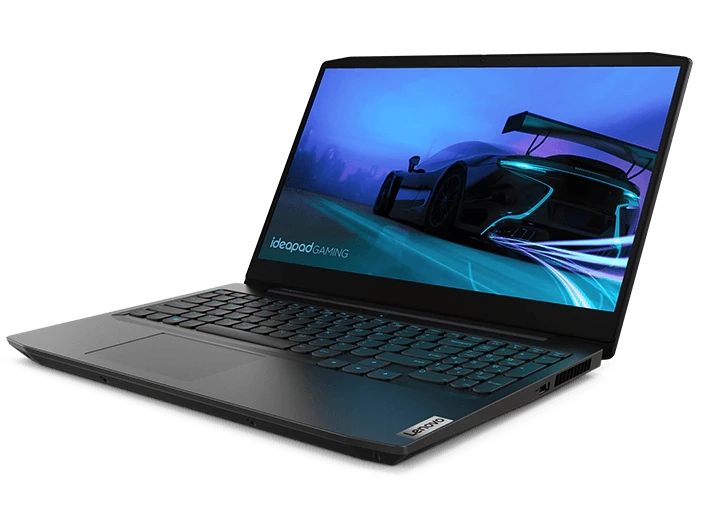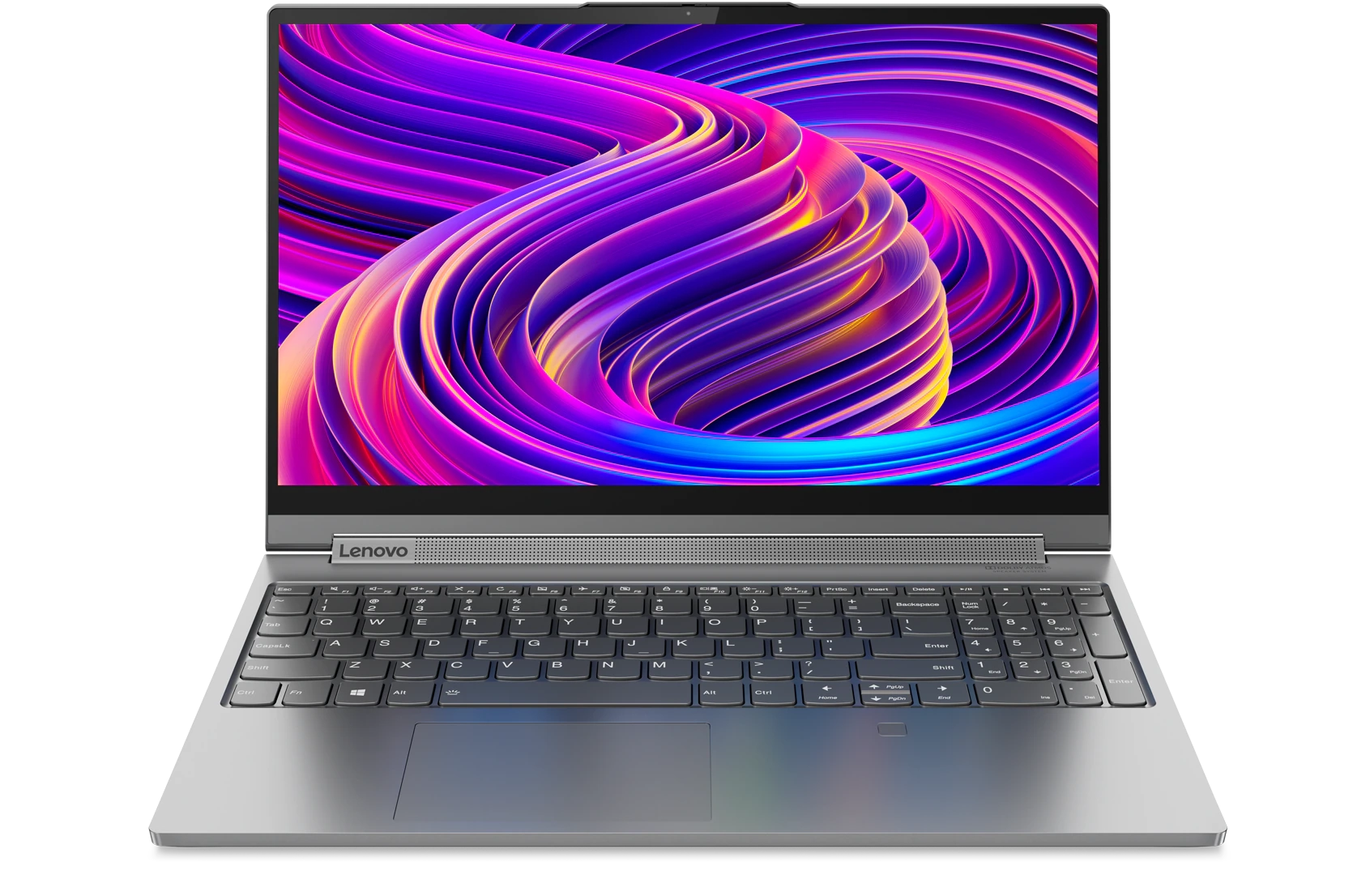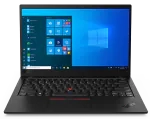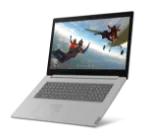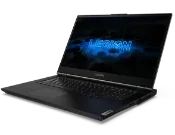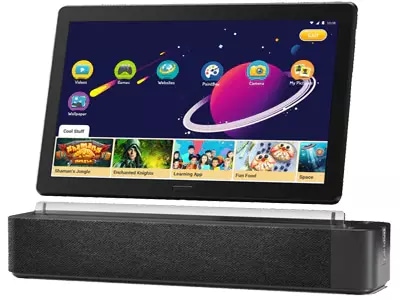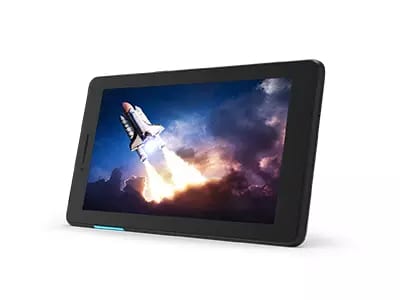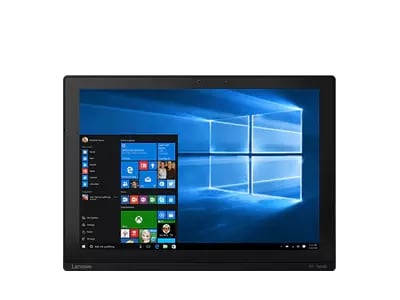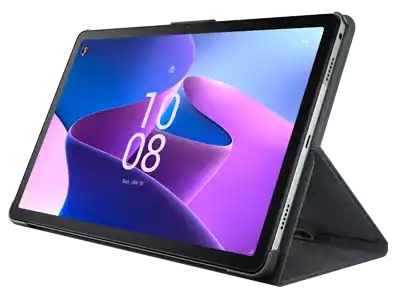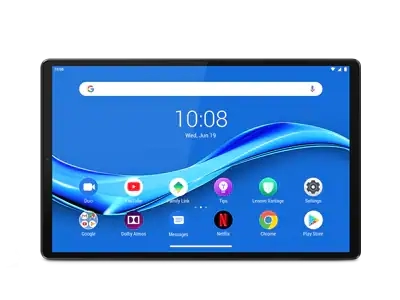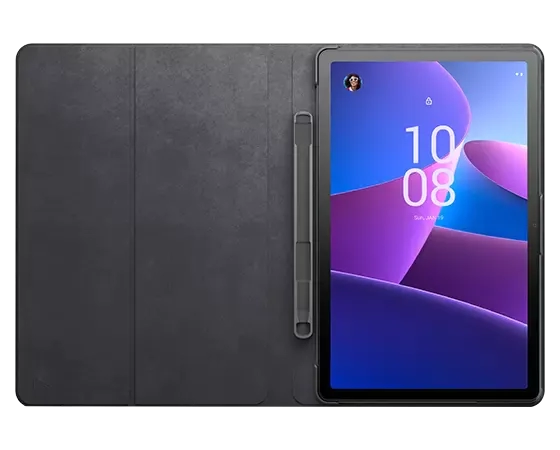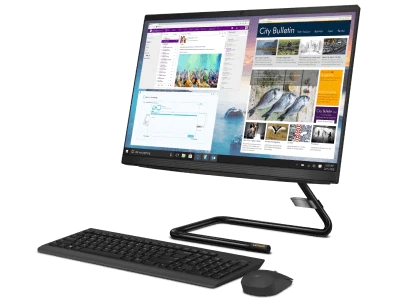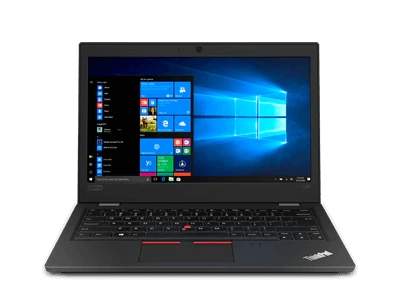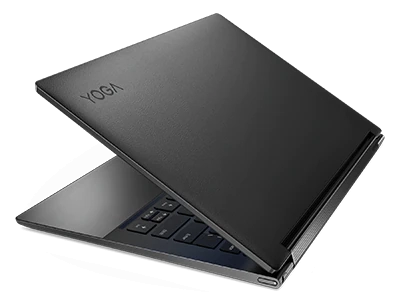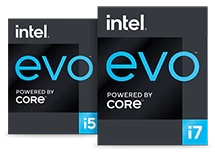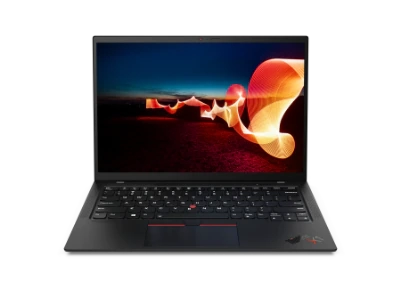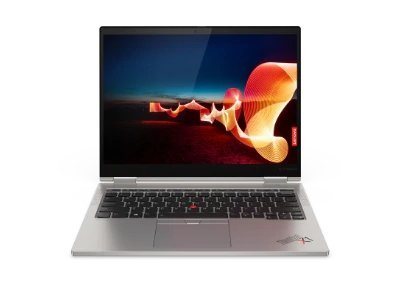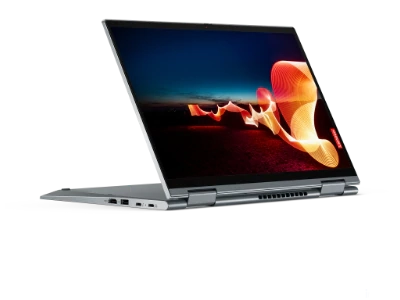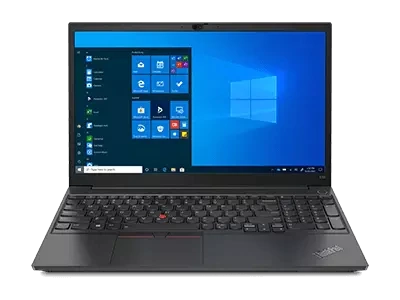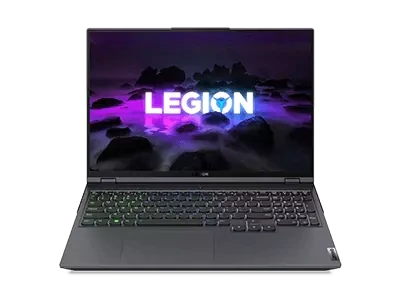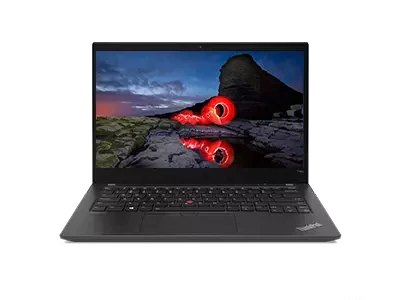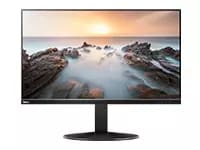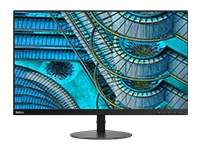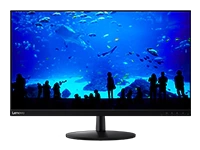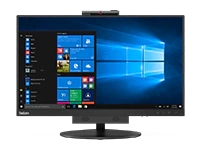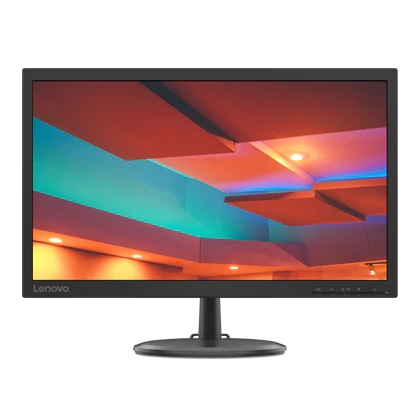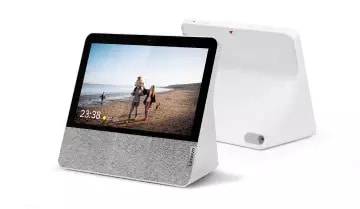How to Choose the Best Graphics Card for Your Gaming PC
If you’re considering buying, building or upgrading a gaming PC, one of the most important considerations is processor speed. Of course, you want a CPU that’s able to handle the intense resource requirements of today’s game titles.
But equally if not more important is the graphics card. The graphics card is what actually renders the gaming environment you see on your monitor. Without a powerful enough graphics card for PC gaming your favorite game might stutter, freeze, or fail to load at all.
But with dozens of graphics card models on the market, which is the right one for you? Let’s see if we can unpack that question.
The Brands Making Graphics Cards
When it comes to a graphics card for PC gaming there are two main players: AMD and NVIDIA. Chipmaker Intel also plans to release its own graphics card, but when that will happen isn’t known.
Both AMD and NVIDIA have different naming conventions for their graphics card lines, making it difficult (but not impossible) to make comparisons.
AMD currently markets gaming graphics cards under the model name Radeon, with three main product lines: its RX 5000 Series, its RX Vega Series and its RX 500 series. In terms of model names, the first part of the name is R for Radeon and the X indicates a higher-end model than, say, the Radeon 500 line. For the numbers that follow, the first is the generation number and the rest is the ranking that AMD has given the card in comparison to others in the same line. For example, the RX 5700XT offers higher performance than the RX 5500 XT. The XT indicates higher performance than a card lacking that designation.
For the Vega line, Vega was the codename for the architecture on which the cards were built. There are three cards under this line” the Vega 7, the Vega 64 and the Vega 56. The Vega 7 was so named because it was based on a 7nm architecture, whereas the 64 and 56 were named based on how many compute units each card had.
One of the most popular of AMD’s graphics cards is the AMD Radeon™ RX 5700 XT. In fact, a review by the technology website Techradar.com dubbed it “absolutely a great graphics card. Even in a more competitive graphics card scene than we've ever witnessed, it stands out.”
The names of NVIDIA’s graphics cards can be equally confusing. The company, which markets its cards under the brand name GeForce, currently has two naming schemes, GTX and RTX.
GTX is NVIDIA’s standard line, whereas RTX cards include dedicated hardware to run the company’s RTX suite of gaming features that enhance features such as lighting, reflections and shadows in supported games as well as a crisper image and improved FPS, or frames per second.
Either GTX or RTX will be followed by four numbers. The first two indicate the generation, while the second two indicate the card’s relative ranking compared with similar models. The RTX 2080, for example, offers better performance than the RTX 2060.
Some cards also include a “TI” or “Super” designation following the numbers, indicating an improvement over the non-TI or Super version (but not as good as a card with a higher number). A card with a designation of 1070 TI, for example, is better than a 1070 but not as good as a 1080.
When it comes to graphics cards NVIDIA is the current king. The technology website T3.com ranks the NVIDIA GeForce RTX 2080 TI as the best premium graphics card on the market in 2020. That performance comes at a price, though. Prices vary but expect to pay £1,400 or more for the 2080 TI.
Let’s Talk About Specs
Knowing what model numbers indicate can certainly help in differentiating one graphics card for PC gaming from another and knowing how they’re ranked, but to really get a sense of what card is right for your needs, it’s important to know a bit about the specifications. Here’s a quick rundown:
- Graphics card memory amount: One of the most important specifications, especially when it comes to playing a game in high resolution or with settings set to maximum. A card with 4GB is the minimum you should consider, and if you're playing a game at 4K resolution you’ll want at least 8 GB.
- Ports: Make sure the card you’re considering will connect with your monitor. If not, you’ll also have to purchase an adapter or even a new monitor. Newer monitors typically have either HDMI or DisplayPort connectors, while some older units only have DVI.
- Clock speed: Measured in megahertz (MHz), the clock speed indicates how fast the cores of a graphics card are. The cores render graphics, so the higher the GPU clock speed, the faster the processing. Clock speed is important, but it’s not the only factor affecting card performance.
- CUDA Cores / Stream Processors: CUDA Cores are parallel processors, similar to how a CPU might be dual- or quad-core. The cores are responsible for processing the data coming in and out of the card. For a meaningful comparison, you need to compare core counts within the same architecture as opposed to different architectures. Comparing core counts between card architecture or brands isn’t a reliable indicator of differences in performance.
- TFLOPS / GFLOPS: TFLOPS, or trillions of floating-point operations per second, is an indicator of the maximum theoretical performance of a GPU. It may also be expressed as GFLOPS, or billions of FLOPS. TFLOPS is calculated by multiplying the core count by the clock speed and multiplying that by two. Within the same architecture, TFLOPS can indicate how much faster one chip is compared to another.
- Memory speed / bandwidth: Faster memory can make one card faster than another.
- RT / Tensor Cores: Typically found on higher-end NVIDIA cards, ray tracing-focused RT cores and machine-learning oriented Tensor Cores are relatively new technologies that improve screen detail. They hold potential but presently have limited game support.
But Will it Fit?
There are few things worse than purchasing the graphics card of your dreams only to find out it doesn’t fit in your existing case. It’s a critical but often overlooked detail.
When considering upgrading a graphics card for PC gaming, look at the length, height and thickness. Graphics cards typically come in half-height (slim), single-slot, dual-slot or even triple-slot varieties. Most of today’s gaming cards are full-height and take up two expansion slots. And if the card has a big heatsink and fan it can block access to an adjacent slot.
In addition, most gaming cards power beyond what is supplied by the slot itself, often via one or more 6- or 8-pin PCIe power connectors that come in varieties. If your power supply doesn't have the right connectors, you’ll want to upgrade. Connecting to SATA or Molex connectors via an adapter isn’t recommended.
The Wrapup
When it comes to choosing the right gaming card for your system, Lenovo has done much of the work by offering a section of cards and upgrades for its Legion line of gaming desktops.
Its Legion T730 Gaming Tower, for example, offers options ranging from the NVIDIA® GeForce® RTX™ 2070 Super 8GB graphics card to the NVIDIA® GeForce® RTX™ 2080 Super 8GB card. For those seeking power in a small footprint, Lenovo’s Legion C530 Mini Gaming PC includes the NVIDIA® GeForce® GTX 1660 Ti 6GB card, while the Legion C730 Mini Gaming Cube features the NVIDIA® GeForce® RTX™ 2070 8GB card.
And if you choose to upgrade your graphics card in the future, both models feature a one-press, tool-free upgrade system, for ease of access.
Still unsure of the right card for you? Get advice from other shoppers and owners in Lenovo’s user forums or contact Technical Support.

